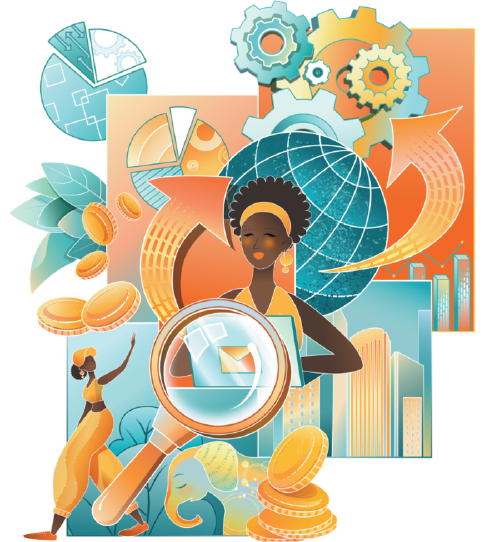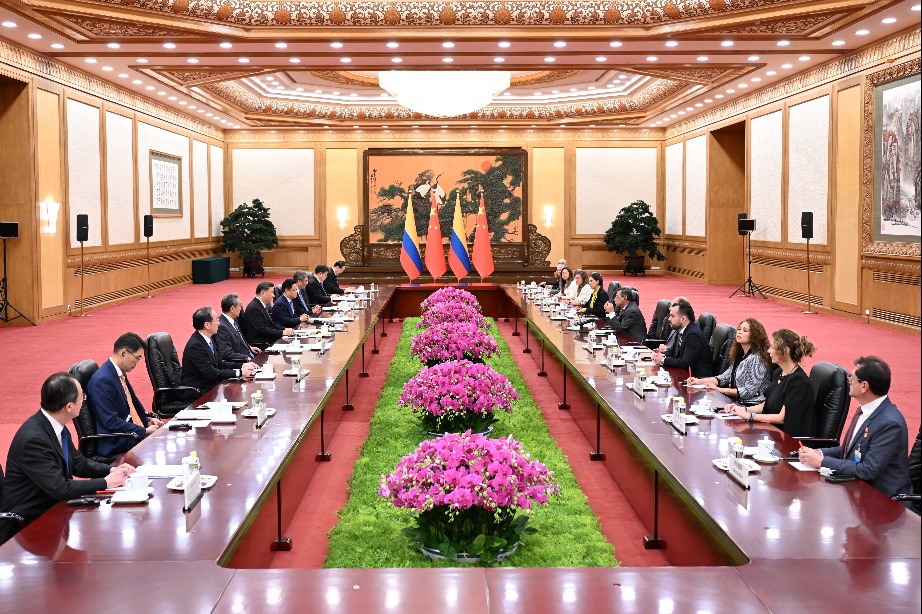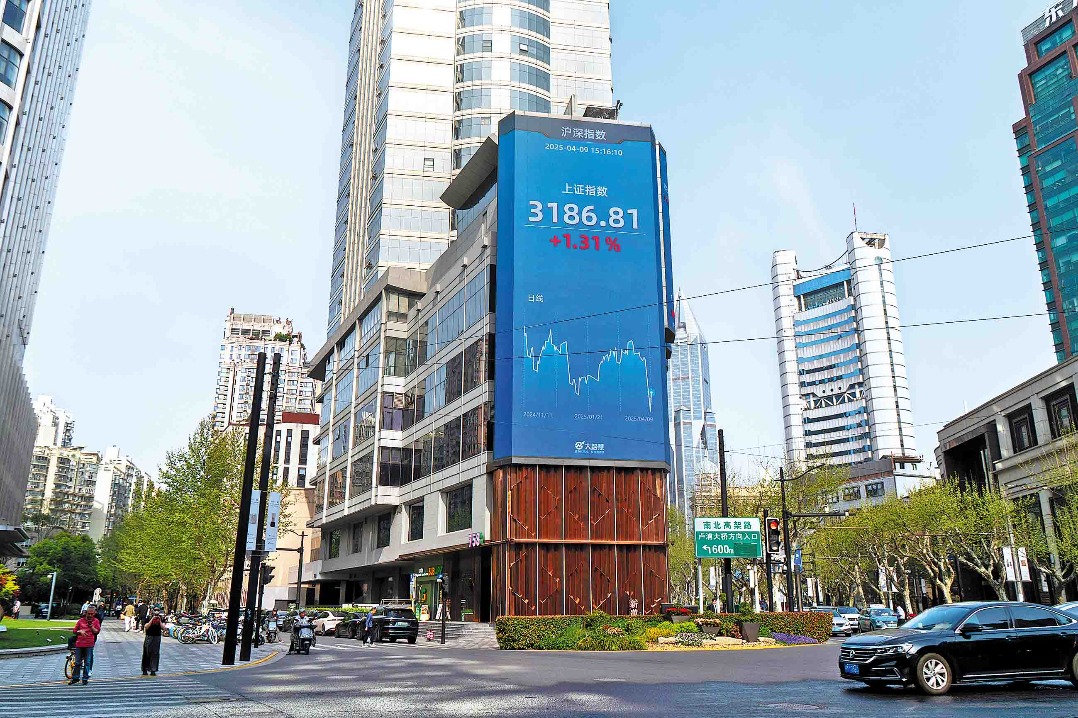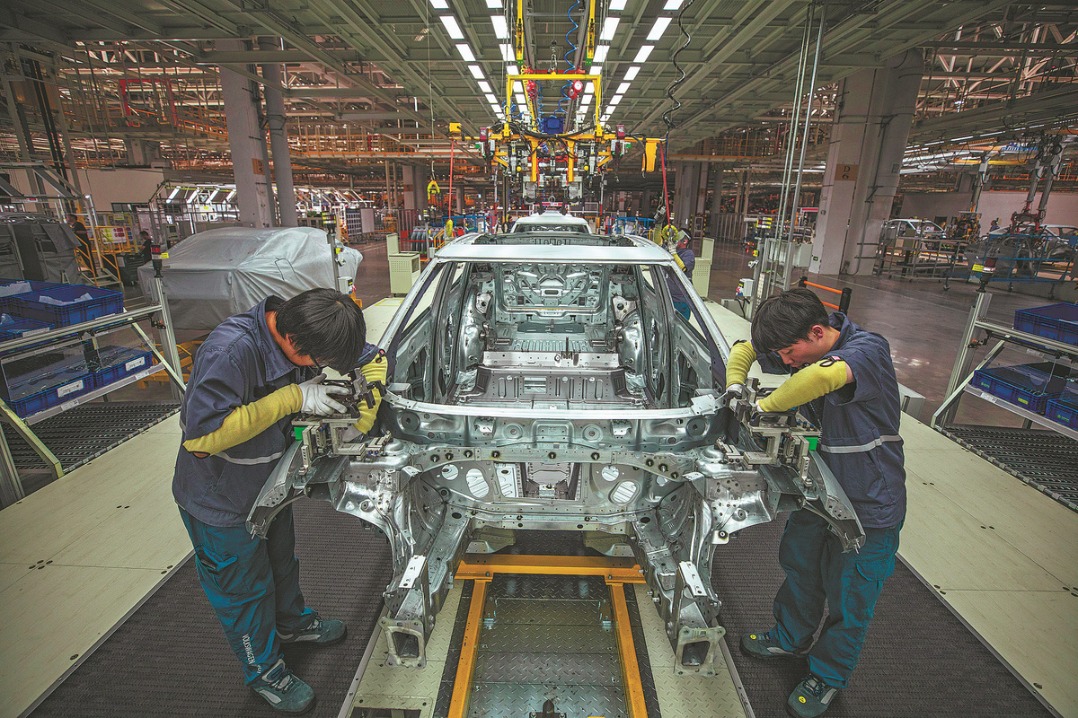Relieving debt stress


Sustainable development financing for African countries requires greater coordination among various stakeholders
Even before the COVID-19 pandemic, the fragile financial systems in many African countries were already under mounting pressure. The global socioeconomic turmoil since 2020 has further exacerbated the situation in these countries. Zambia and Ghana have successively defaulted on their debts, whereas Ethiopia, Kenya and a few other countries are facing the mounting pressure of debt due to the superimposed impacts of multiple adverse factors such as the global economic downturn, rising interest rates of the US dollar, withdrawal of foreign capital and concentrated maturity of bonds.
Debt stress is not a new problem for Africa. As early as the 1980s, the global economic turbulence reduced imports, depressed the prices of primary products and significantly increased interest rates, resulting in a sharp decline in the foreign exchange earnings of African countries while the burden of interest costs on foreign debt increased exponentially. Relying too much on external debt as a form of getting foreign capital and improperly using external debt with poor efficiency, African countries faced immense difficulties in repaying the debt on time.
In this context, the International Monetary Fund and the World Bank launched the Heavily Indebted Poor Countries Initiative (HIPC) in September 1996 and the Multilateral Debt Relief Initiative (MDRI) in 2005 to solve the debt problems. Over 30 African countries took part in these two initiatives and received as much as 67 percent of debt relief.
However, the HIPC and MDRI did not pave the way for sustainable financing. On the contrary, they kicked off another round of debt accumulation in Africa. As concessional loans from multilateral and bilateral sources have been significantly reduced after the introduction of the HIPC, many African countries had to go more often to international capital markets to get funds for development.
Consequently, commercial borrowing accounted for 43 percent of sub-Saharan African countries' total foreign debt in 2020, whereas low-cost borrowing from multilateral and bilateral institutes accounted for 31.8 percent and 25.3 percent respectively.
Due to African countries' underdevelopment and low credit ratings, their borrowing from commercial creditors is understandably characterized by high interest rates and short debt repayment periods. Interest repayment has become the highest spending component of fiscal budgets and debt service consumes on average more than 20 percent of government revenues in African countries as the fastest-growing expenditure.
In addition, the commercial lending tends to be procyclical, offering favorable terms in the time of high global liquidity and raising the costs when liquidity is tight. Although this is market behavior, it increases financial pressure on small and medium-sized developing countries, whose revenues decrease more sharply during an economic turmoil.
The mainstream views in the West encourage African countries to utilize the international capital market for funding because it conforms to the perception of advocates of the liberal market, but the historical lessons from other developing countries should be seriously considered. Since the 1970s, emerging economies such as Argentina, Ecuador and Turkiye, etc. have experienced sovereign debt crises many times. These developing countries often have current account deficits and insufficient domestic savings, so their development requires more outside investment and obtaining of foreign exchange by issuing international bonds. However, at the same time, issuing large amounts of bonds will lead to a significant increase in the risks of foreign exchange and defaults, which is likely to induce a sovereign debt crisis. Moreover, large scale infrastructure construction and production projects in developing countries usually take a long time to complete. Short-term international bonds with concentrated maturity are not suitable to fund such projects.
Questioning the Western model of development financing, which is largely based on the theories and practices of the advanced economies, China as well as other developing countries have experimented with alternative approaches to fund extensive infrastructure construction in Africa. Based on its own experiences, China focuses on long-term investments for industrialization and sustainable productivity improvement. However, the policymakers and media in the West often view the Chinese actors with suspicion, accusing them of using "debt traps" to expand China's influence in Africa, even after scholars have proved the fallacy of such a narrative.
The diverging views have become a major obstacle to solving Africa's debt burden and facilitating its economic recovery, as on the one hand the Western lenders single out China for not following their rules, and on the other hand China urges private and multilateral creditors to jointly work on debt restructuring in a fair and sustainable manner.
Therefore, the debt sustainability issue deals not merely with financial challenges, but also with fundamentally diverging political-economic development practices. The solution to the debt problem in Africa correspondingly goes beyond pure technical arrangement and requires the coordination of multiple stakeholders and various aspects.
While international creditors should take emergency measures such as debt suspension to ensure that no African country faces a crisis like Sri Lanka did in 2021, the stakeholders may not aim to solve the debt problems at once either, as it would require too much monetary resources.
For now, the priority is to stop the politicization of debt issues and create a facilitating environment for private creditors, bilateral and multilateral institutions to exchange their views and coordinate their lending in a gradual manner. Meanwhile, African countries need to take the opportunity to review their borrowing behaviors and modify their development financing patterns. The presence of alternative funding channels breaks the decade-long dominance of Western economic powers and their doctrines.
Today African countries can choose paths that are most suitable to their own conditions and more helpful for their sustainable development. To be sure, the choice may not be easy, as it requires independent thinking and may also involve risks, but it helps African governments grow as autonomous agencies themselves. International partners should support this learning and diversifying process with necessary resources and friendly coordination rather than reimposed conditions and politicized suppression.
The author is the chair of the Department of International Relations at Tsinghua University. The author contributed this article to China Watch, a think tank powered by China Daily. The views do not necessarily reflect those of China Daily.
Contact the editor at editor@chinawatch.cn































